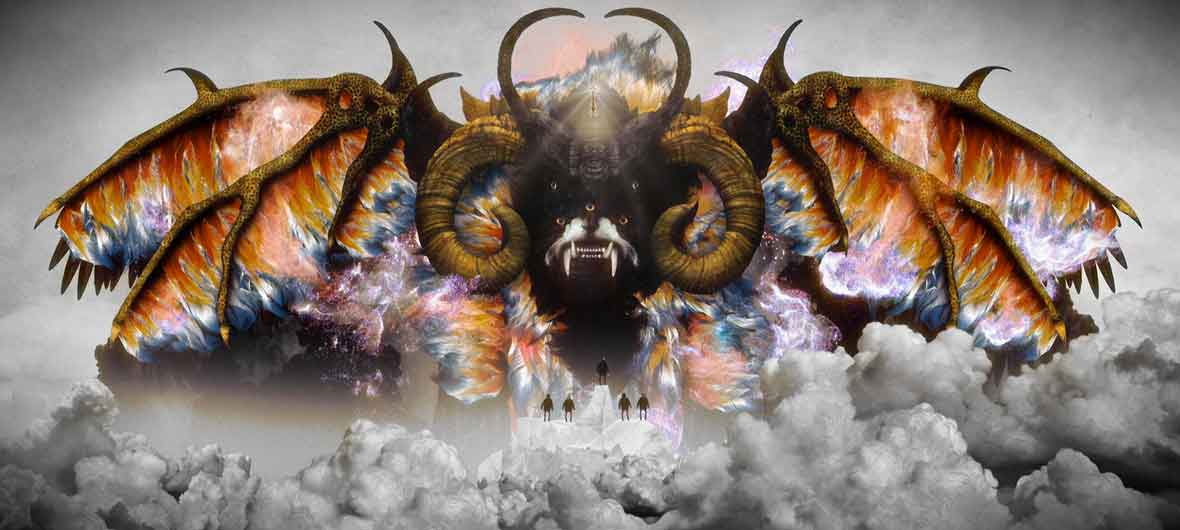Character Animation Theories And Principles
By Mike Brown
Anticipation & Overshoot:
The most important thing to remember is that great animation doesn't happen from Point A to Point B, it happens at point A and Point B. Meaning that we must show the audience what is going to happen by anticipating the action (Point A) , do the action, then show the audience what just happened by overshooting the pose and settling back in (Point B). I'll use the principles of Squash and Stretch to demonstrate Anticipation and Overshoot.
Download the movie Anticipation.mpg (175kb)
You'll notice 4 balls. The ball on the far left has no anticipation or overshoot. It looks stale and lifeless and doesn't move in a convincing way. The ball in the Left middle has anticipation and overshoot. It anticipates the action by squashing (Pose A), does the action,... then shows the audience what just happened by overshooting it's next resting position (Pose B). We'll call this action the Short Bounce. It has character, moves in a convincing way, and keeps the audience's attention where we want it but it lacks exaggeration.
Exaggerated action is what makes good animation great. Study the Short Bounce for a while and practice the principles behind it in your own animation. It's VERY important to MASTER this action and principles behind it in your own character animation before moving on to The Long Bounce. You must know the basic rules before you can break them.
The next ball in the scene on the Right Middle is very similar to to the Short Bounce except that it breaks a few normal rules of physics by exaggerating the action. We'll call this the Long Bounce. It accelerates much more quickly than the Short Bounce, reaches it pinnacle quicker, shows the audience what it's doing, then finishes the action. Using this principle correctly and in the right spots can add that extra ummph and weight to your action. This is a technique for more advanced animators. Beginners should concentrate on learning how and when to use anticipation and overshoot before attempting to break the rules like this.
The fourth ball on the right hand side is a variation on the long bounce and adds an extra bit of action between Point A and Point B. Its action can be described as Point A to C to B. Instead of traveling in a straight line it follows a slight arc and is even more exaggerated. I call this 'putting the juice in'. For those animators that are more advanced, see how far you can push those extreme poses, then add a little flavor to it by doing something unexpected in between (Point C).
Overlapping Action:
The next topic is overlapping action. The easiest way to describe overlapping action is, different parts of your character will move at different speeds and come to rest at different times; meaning... Break up the action. If everything on your character starts and stops at the same time it will look like it was animated on a computer (god forbid that should ever happen).
Download the movie overlap.mpg (175kb)
You'll notice two balls, one resting above the other. Play the animation As the animation plays notice that one ball comes to rest before the other or, OVERLAPS the action of the the first ball. Breaking things up like this is very important for achieving the illusion of life. Make sure your animation has little variations. If you have to repeat the same action three times in a row do each one a little differently.
Progressively Breaking Joints
Using the principle of progressively breaking joints is a way to get that snap, crackle and pop into your animation. This principle basically builds on top of the principle of Overlapping Action. It can most easily be described as a whip or a character throwing a football. First the upper arm rotates in an arc, then the forearm breaks or rotates in an arc and finally the wrist breaks and releases the ball
Download the movie Progressive.mpg (326kb)
You'll see two chains of boxes. Play the animation. The chain on the left bends and all the boxes rotate at the same speed. This is a nice effect but it isn't as dynamic and doesn't have the same appeal or, SNAP as the one on the right. Study the chain on the right. You'll notice that the first link in the chain begins moving before the others, then the second link breaks and begins moving and so on down the chain. Using Progressively Breaking Joints is a good method of emphasizing an action or grabbing your audiences attention.
Arcing Actions and Head Turns
Arcing Actions is a way of saying things don't move in a straight line. It helps to break up your action and give a natural feel to your character. NOTHING moves in a straight line. Even bullets have a slight arc to their trajectory.
Download the movie headturn.mpg (155kb)
Play the animation. Notice the head on the Left turns in a straight line. Even anticipation and overshoot can't help this fellow. Now look at the head on the right. It turns in an arc. Always be aware of your action's arc. It will make your character natural and believable and hopefully your audience won't notice you did it on a computer.
Once you feel comfortable with these theories try adding some character to a simple box or sphere. You'll see what I mean in this timidbox.mpg movie.

